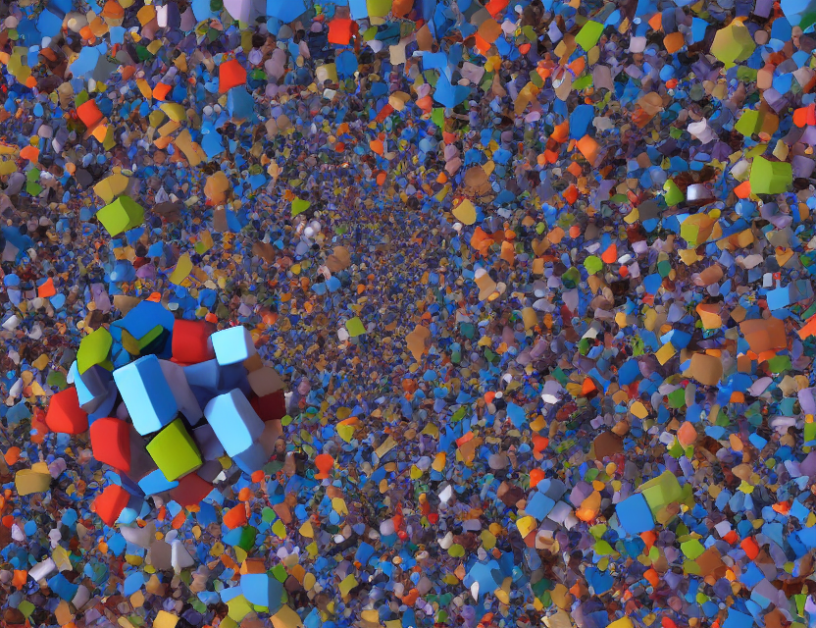In this paper, we dive into the world of cooperative game theory and explore the computational complexity of solving various problems in this field. Our journey begins with an introduction to the concept of a cooperative game, where we learn about different types of solutions and how they are used to analyze complex situations involving multiple parties.
Section 1: Computational Complexity of Shapley Value
The Shapley value is a well-known solution concept in cooperative game theory that helps us understand the distribution of goods among players. We explore the computational complexity of computing the Shapley value for different scenarios, including scenarios with a large number of players and scenarios with multiple goods. Our findings reveal that computing the Shapley value can be computationally challenging, especially in large-scale scenarios.
Section 2: Nucleolus and Banzhaf Value
The nucleolus and Banzhaf value are two other solution concepts used in cooperative game theory to analyze player interactions. We delve into the computational complexity of computing these values and demonstrate how they can be used to solve real-world problems. Our analysis shows that computing the nucleolus and Banzhaf value can also be computationally challenging, especially when dealing with complex scenarios.
Section 3: Contribution Value and Benefit Value
The contribution value and benefit value are two solution concepts that help us understand how players contribute to a cooperative game. We explore the computational complexity of computing these values and discuss their application in real-world scenarios. Our findings reveal that computing the contribution value and benefit value can also be computationally challenging, especially when dealing with large numbers of players and goods.
Section 4: International Kidney Exchange Programs
In this section, we apply our understanding of cooperative game theory to analyze international kidney exchange programs. We demonstrate how different solution concepts can be used to optimize these programs and improve patient outcomes. Our analysis shows that computing the Shapley value, nucleolus, and Banzhaf value can help identify optimal strategies for international kidney exchange programs.
Conclusion
In conclusion, our paper provides a comprehensive overview of the computational complexity of cooperative game theory solution concepts. We demonstrate how different solution concepts can be used to solve real-world problems involving multiple players and goods. Our analysis reveals that computing these solutions can be computationally challenging but also highlights their importance in optimizing complex systems. By understanding the computational complexity of cooperative game theory, we can better design and implement efficient solutions for a wide range of applications.



